Where did money come from?
By definition, money is something of value. But over the last 10,000 years, the form that took the money changed considerably from livestock to the electronic money which we use today. Where did it start? Here is a brief guide to the history of money.
BARTER:
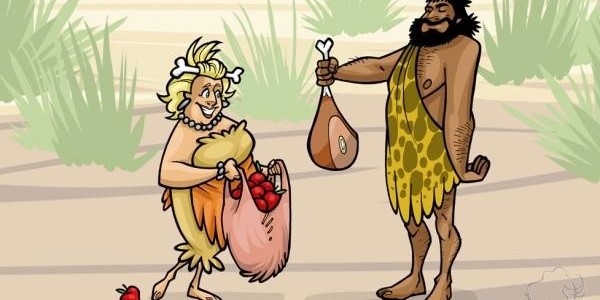
Barter is the mutual exchange of resources or services, and the practice probably dates back hundred or thousands of years, possibly until the evolution of modern humans. Some would argue that it is not just solely a human activity; plants and animals barter (in symbiotic relationships) for millions of years. Anyway, bartering between human beings most certainly happened before the use of money. To this day, individual people, organizations, companies and governments of the world still use and frequently prefer to use bartering as the form of an trading products and services.
LIVESTOCK

Between 9000BC and 6000BC, livestock, which, throughout history and all over the world, includes not only cattle, but also camels, goats, sheep, poultry and other animals, are the oldest form of currency. Agriculture played its part too using crops, plants, grains, vegetables as standard goods to barter with.
SHELLS
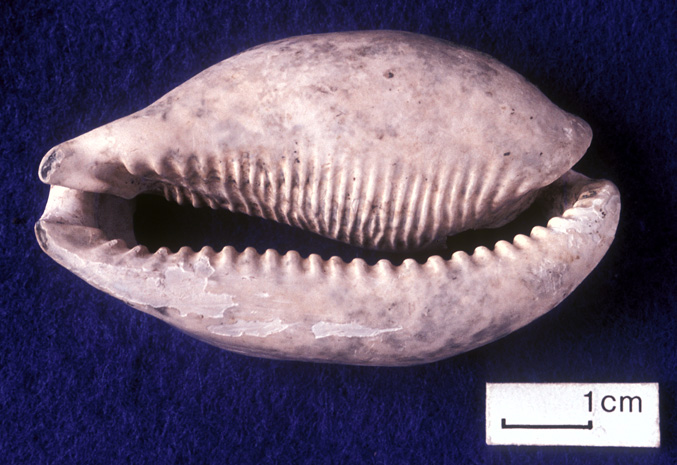
Cowrie shells (mollusc shells that were abundantly available in the shallow waters of the Pacific and Indian ocean), were first used in China at around 1200BC. A large amount of cultures and societies have used the cowrie shells as money, as late as the middle of this century, the cowrie shells have been used in parts of Africa. The cowrie shell was the most used currency and longest traded money in history.
THE BEGGINING OF METAL CURRENCY
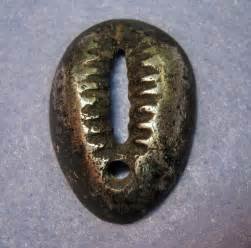
Copper and bronze imitation cowrie were manufactured around 1000BC in China at the end of the stone age and are regarded by experts, the oldest types of metal coins. Knife and spade monies (known as metal tool money), was first used in China also. These early metal resources developed in to primitive versions of round coins. These base metal coins, made in China frequently had holes, so they could be put together in a chain-like fashion.
THE MODERN COINAGE OF AROUND 500BC
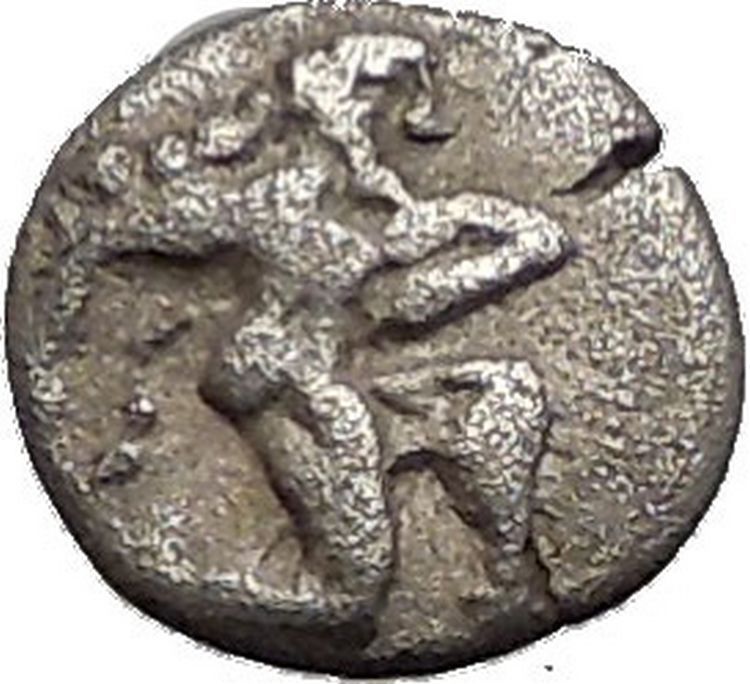
In Turkey, coins made out of nuggets of silver were developed. They quickly adopted the familiar round shape we know of today and were stamped with different gods and emperors to mark their authenticity. These silver coins first appeared for the first time in Lydia, Turkey. The techniques were rapidly copied and refined by Greek, Persian, Macedonian and the Roman Empires. Because these coins were made of precious metals (silver, bronze and gold) ant not just base metals (as in China), they had more inherent value
LEATHER MONEY
In China at around 118BC, money made was created in the form of one foot square pieces of white deerskin with colored edges. These could possibly be considered the first type of notes.
THE NOSE
Ever heard of the saying 'paying through the nose'? Well, between 800AD and 900AD, this is believed to come from Danes in Ireland, who literally slit the noses of those who didn't pay the Danish tax.
PAPER MONEY
806AD saw the first known paper note appear in China. Altogether, China had experienced over 500 years, with the birth of paper money, ranging from the 15th century. Through this time period, paper notes had increased in production to the point that it devalued quickly and inflation rose heavily. Thus from 1455, the use of paper money in China vanished for several centuries. It was several years before paper money would re-appear in Europe and 300 years before it was considered common.
POTLACH
Potlach derives from a Chinook Indian custom which was existent in several cultures of North American indians. It was a occasion where gifts where as well as holding dances, parties, banquets and other rituals had been performed. Sometimes, the potlach was a means of initiation in tribal societies. Because the exchange of gifts was so crucial in building the social rank of a leader, potlach regularly spun out of control as the presents became progressively more lavish and put tribes in the biggest and most exuberant parties and celebrations, in an attempt to out do each other.
WAMPUM
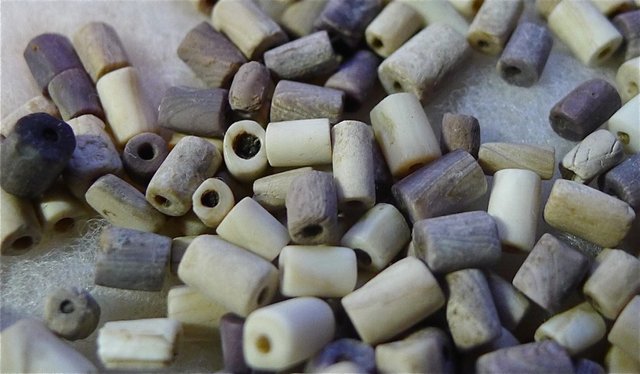
The oldest known use of wampum necklaces, which are strings of beads made of clam shells, was by North American Indians, in 1535. This probably means this form of money existed a long time before this. Wampum translates to white, which happened to be the color of the beads.
GOLD
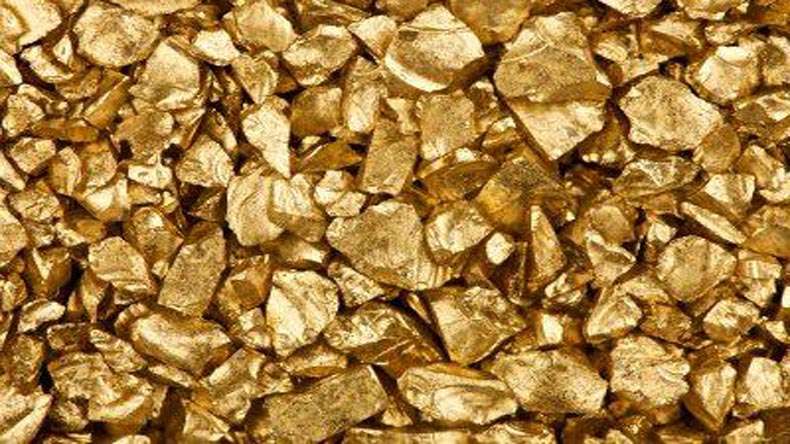
In 1816, gold was formally made the standard measure of value in England. Back then, the regulations were made to permit a non-inflationary creation of standard notes representing a certain quantity of gold. These bank notes had been used in England and Europe for centuries prior to this time, but their value had never been bound directly to the gold. In the USA, the gold standard was officially introduced in 1900, which greatly helped lead to the existence of a central bank.
THE END OF GOLD

The great depression of the 1930’s, felt around the world, marked the start of the ending of the gold standard. In the USA, the gold standard was amended and the price of gold diminished. This was the initial measure to end the relationship. The british and global gold standards ended soon after too, and the complexity of international monetary rules began.
PRESENT DAY
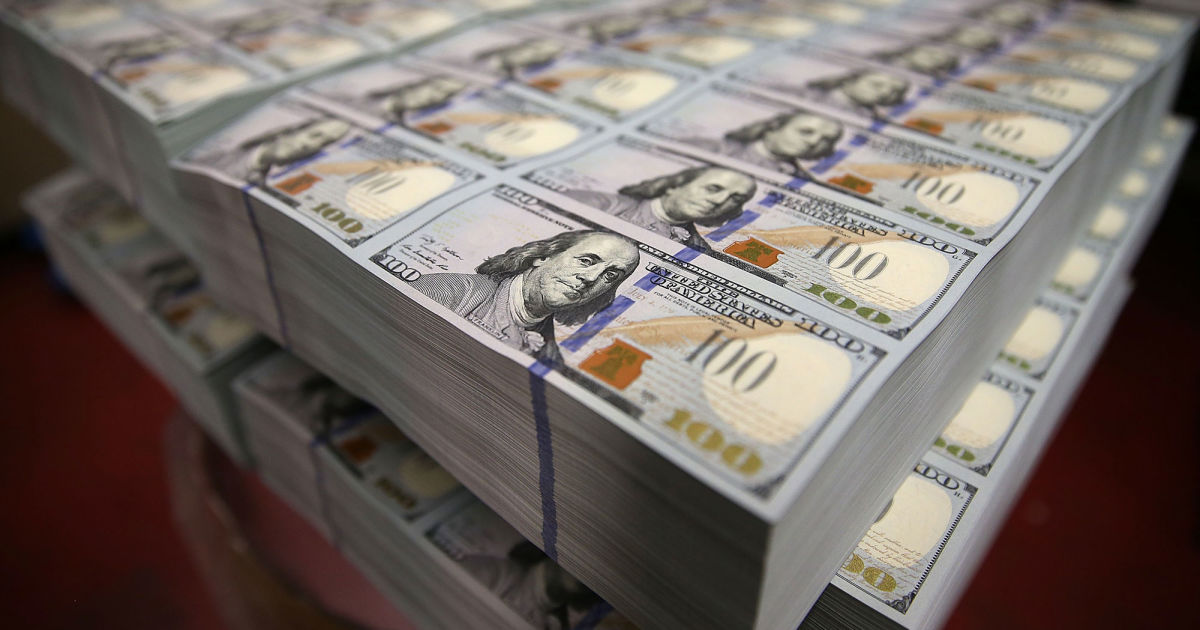
To this day, currencies continue to evolve and develop, as seen the latest $100 note of Benjamin Franklin.
THE FUTURE
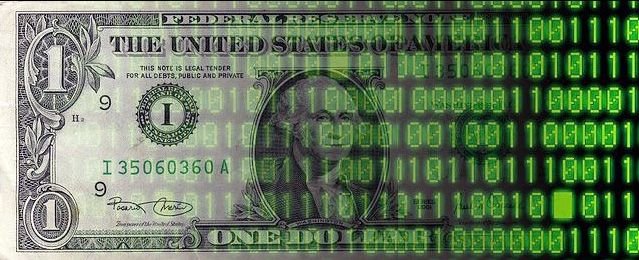
In our age of digital technology, most economic transactions regularly take place digitally, without the need for physical currency. Money in electronic form is highly likely to continue to be the currency of the future especially with cryptocurrencies such as Bitcoin and other blockchain alternatives.
nice post
thanks